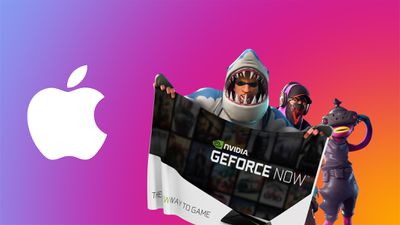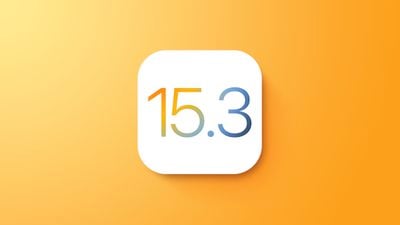Hole-punch? Pill? Hole-punch and pill? Rumors about what the front camera system on the iPhone 14 Pro will look like are evolving rapidly, and it now appears we might be getting a novel but potentially controversial design later this year.
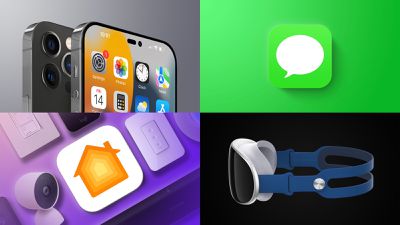
Other major stories this week included some confusion and controversy about iCloud Private Relay being disabled for some T-Mobile customers, increasing calls for Apple to support the new RCS text messaging standard, a new iOS 15.2.1 update with several bug fixes, and more, so read for all of the details!
iPhone 14 Pro Now Rumored to Feature Both Pill-Shaped and Circular Cutouts
While the notch is expected to be removed on iPhone 14 Pro models, there have been conflicting rumors about the new design.
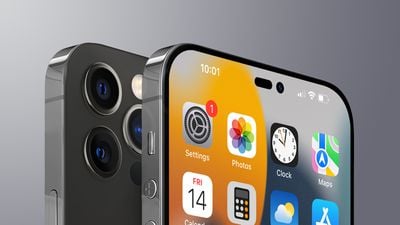
The latest word comes from display industry consultant Ross Young, who expects iPhone 14 Pro models to feature both hole-punch and pill-shaped cutouts near the top of the display. Young believes the hole will be for Face ID's dot projector, while the pill-shaped cutout will supposedly house the front camera, Face ID infrared camera, and other sensors.
In addition to the new display design, iPhone 14 Pro models are also rumored to feature an upgraded 48-megapixel camera.
Apple Says No Carriers Are Blocking iCloud Private Relay
In a statement shared with MacRumors this week, Apple said that no carriers, including T-Mobile, have blocked their users from taking advantage of the iCloud Private Relay feature.
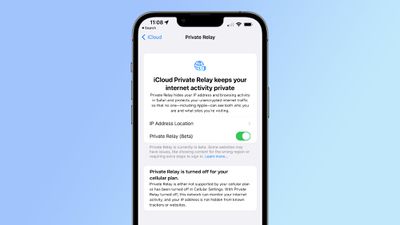
T-Mobile earlier this week was accused of disabling iCloud Private Relay for its users after some subscribers found that they were unable to turn on the feature. T-Mobile then released a statement that said it had discovered that the iOS 15.2 update was to blame by causing some device settings to default to the feature being toggled off, but Apple said that was not the case.
Google Exec Pushing RCS Adoption Says He's 'Not Asking Apple to Make iMessage Available on Android'
Google for the last several years has been pushing a new communications protocol called Rich Communication Services, or RCS, which is designed to replace the current SMS standard. RCS supports higher-resolution photos and videos, audio messages, typing indicators, and many other modern messaging features.
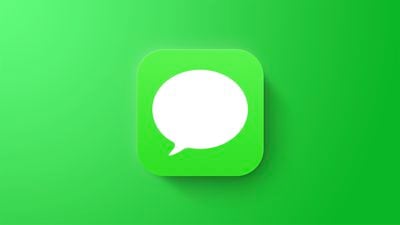
For the last few months, Google's senior vice president of Android, Hiroshi Lockheimer, has been publicly trying to persuade Apple to adopt support for RCS, and this week he clarified that he's "not asking Apple to make iMessage available on Android."
Face ID Under the Display Returns to Being an iPhone 15 Pro Rumor
Based on the latest rumors, it is now looking unlikely that iPhone 14 Pro models will have Face ID under the display as initially claimed.

According to display industry consultant Ross Young, the iPhone's infrared camera for facial recognition will not be moved under the display until 2023 or 2024, suggesting that Face ID will not be fully under the display until the iPhone 15 Pro or iPhone 16 Pro.
iOS 15.2.1 Released, Fixes HomeKit Vulnerability and More
Apple this week released iOS 15.2.1 and iPadOS 15.2.1 with an important security fix for a HomeKit vulnerability that was first discovered last year. Apple has also fixed a few Messages and CarPlay bugs.
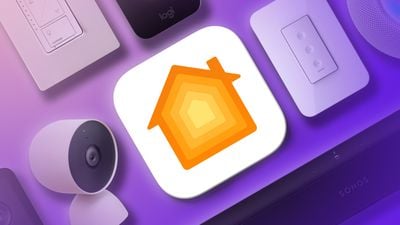
Apple also seeded the second betas of iOS 15.3 and iPadOS 15.3 to both developers and public beta testers.
iOS 15 has seen slower adoption than iOS 14, but Apple is now more aggressively pushing iOS 14 users to upgrade to iOS 15.
Apple AR/VR Headset Potentially Delayed Until 2023 Amid Development Problems
Apple's long-rumored AR/VR headset could be delayed until 2023 after being beset with issues during the development process, according to Bloomberg.
 Concept render by Ian Zelbo based on leaked information
Concept render by Ian Zelbo based on leaked informationCiting people familiar with Apple's plans, the report claims that Apple originally planned to launch the headset in 2021 and ship it this year. The company then set its sights on WWDC in June 2022 to launch the product, but this is reportedly now unlikely due to issues related to overheating, as well as camera and software challenges.
MacRumors Newsletter
Each week, we publish an email newsletter like this highlighting the top Apple stories, making it a great way to get a bite-sized recap of the week hitting all of the major topics we've covered and tying together related stories for a big-picture view.
So if you want to have top stories like the above recap delivered to your email inbox each week, subscribe to our newsletter!


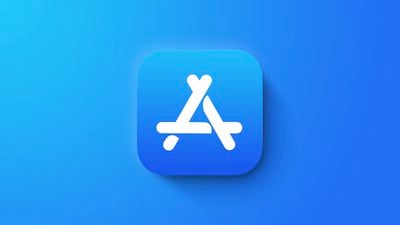


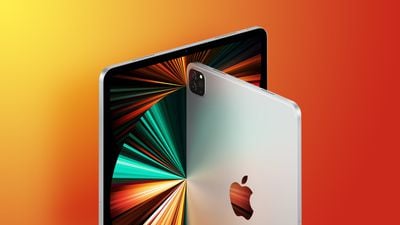




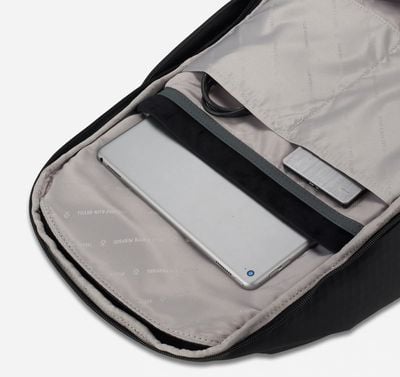

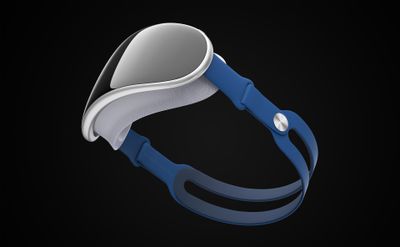 Concept render based on
Concept render based on 
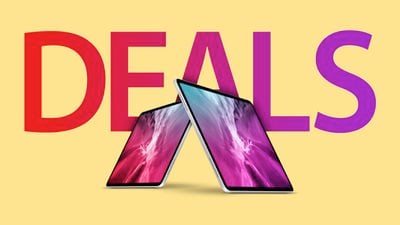 Note: MacRumors is an affiliate partner with some of these vendors. When you click a link and make a purchase, we may receive a small payment, which helps us keep the site running.
Note: MacRumors is an affiliate partner with some of these vendors. When you click a link and make a purchase, we may receive a small payment, which helps us keep the site running.

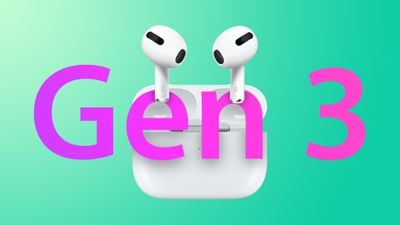 Note: MacRumors is an affiliate partner with some of these vendors. When you click a link and make a purchase, we may receive a small payment, which helps us keep the site running.
Note: MacRumors is an affiliate partner with some of these vendors. When you click a link and make a purchase, we may receive a small payment, which helps us keep the site running.
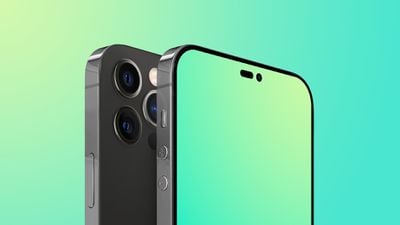

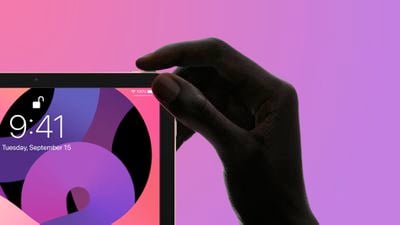

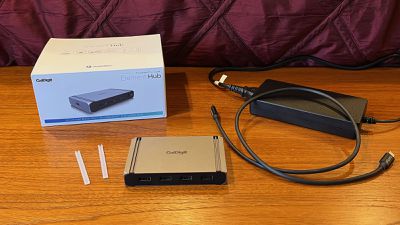
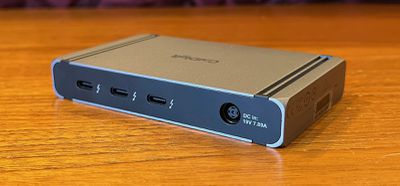
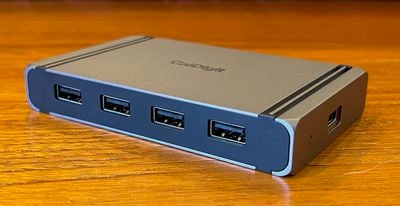

 External Thunderbolt SSD connected directly to MacBook Pro
External Thunderbolt SSD connected directly to MacBook Pro External Thunderbolt SSD connected to Element Hub with no other accessories
External Thunderbolt SSD connected to Element Hub with no other accessories External Thunderbolt SSD and 5K display both connected to Element Hub
External Thunderbolt SSD and 5K display both connected to Element Hub